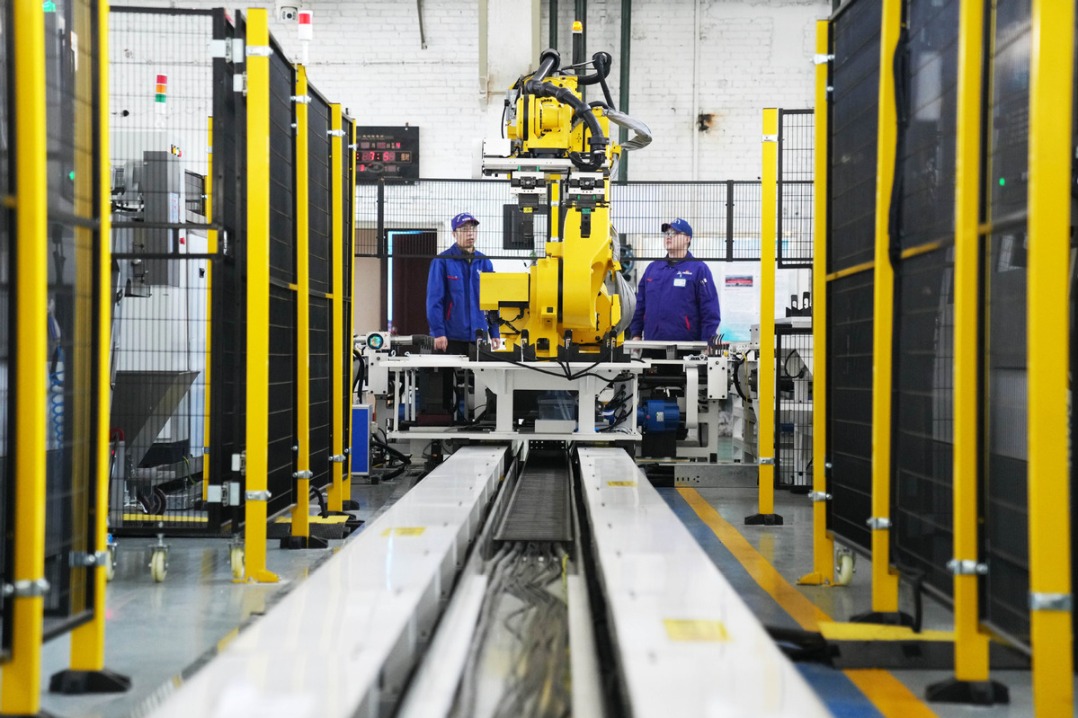Hefei has formula for global science success


In November, scientists involved in the EAST project declared the facility had for the first time achieved a plasma central electron temperature of 100 million C, marking a major breakthrough for an "artificial sun", which aims to help tackle the world's energy problems using fusion technology.
At the end of last year, ground was broken on construction of major new facilities for the CFETR project in Hefei, marking a major step forward in fulfilling the city's research and development ambitions.
The facilities, scheduled for completion in five years, were listed in the country's 13th Five-Year Plan for Science and Technology Innovation. "The facilities will provide strong support for cutting-edge, cross-disciplinary fields including energy, information, health and environment, and will become a user platform open to the world's fusion community," said Kuang Guangli, president of the Hefei Institute of Physical Science at the Chinese Academy of Sciences, which leads the CFETR project.
The facilities will assist CFETR by providing extreme test conditions that allow research on the key components of fusion reactors, according to the institute. Many overseas scientists have participated in research at the institute due to the availability of major research facilities.
"The facilities to be built here will provide the development of new technologies for CFETR and will enable a pathway for fusion energy worldwide," said Tony Taylor, director of General Atomics, a nuclear physics institute based in San Diego, California.
Hefei has also been at the center of China's quantum information science and technology development, with the work of Pan Jianwei and his USTC team attracting attention at home and abroad.
Pan, a CAS academician, began putting together his team at USTC in 2001. He has been leading research and development and experiments on the world's first quantum experimental satellite, which was launched in 2016.
Pan said an exciting development in recent years has been the whole of society, especially private companies, becoming more enthusiastic about and supportive of basic scientific research.
Five private companies engaged in fast computing, precise measurements and long-distance secure communications using quantum technology have been founded in the Hefei National High-tech Industry Development Zone. "As the new technologies are brought closer to people's lives, these companies will lead industrial development in the future," said Lyu Changfu, deputy director of the zone's administration committee.
Private sponsors donated 100 million yuan ($14.5 million) to found the nonprofit Micius Quantum Foundation in Hefei in April, which aims to promote development of quantum information science and technology.
A total of 12 million yuan will be granted to 12 international scientists for their academic contributions to the fields of quantum computation and quantum communications. Six laureates, announced annually, will receive 1 million yuan each for the Micius Quantum Prize.
"Anhui province and Hefei city both provide good conditions for scientists to do cool research here," Pan from USTC said.







